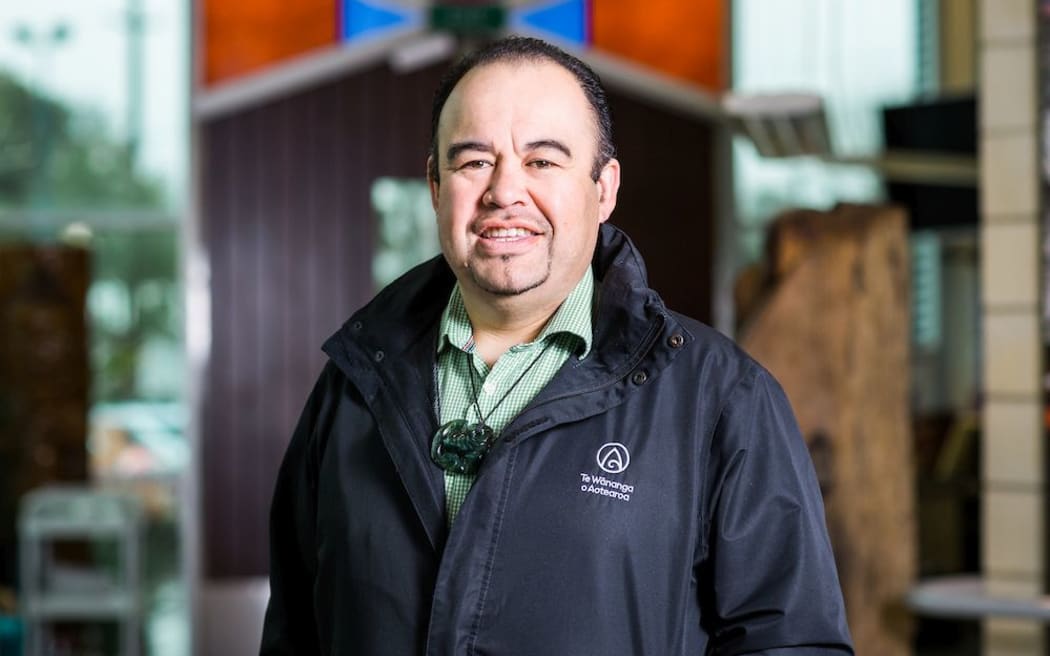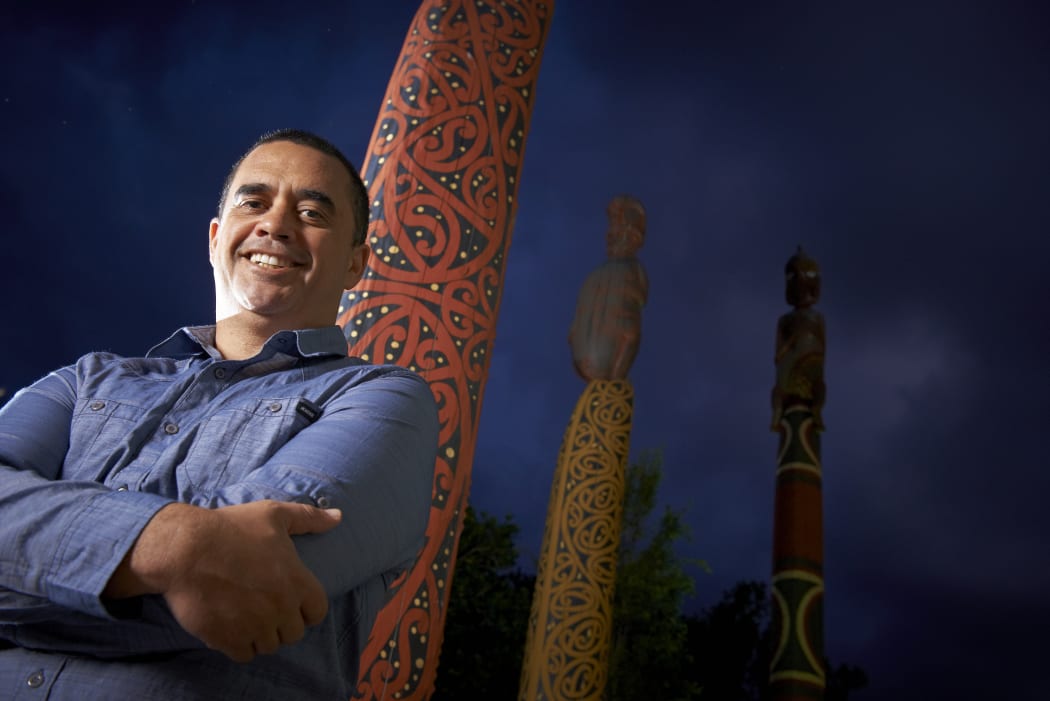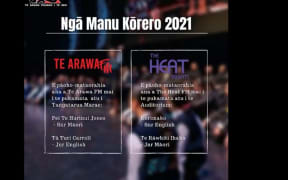Those behind a month-long challenge to speak as much Te Reo Māori as possible say they're staggered by how popular it's become.

Paraone Gloyne in 2014. Photo: Supplied
Today is the first day of Mahuru Māori, a month-long celebration of the language that thousands have signed up to participate in.
But its beginnings were humble. In 2014, Paraone Gloyne, a Pou Tikanga at Te Wananaga o Aotearoa, made a pledge to himself: he would speak only Te Reo Māori for a month.
"I looked at some of the other months, you know, you've got Dry July, No Junk June or whatever they are and then you've got Movember, and I thought: I'm gonna do one for Te Reo."
Since then, Mahuru Māori has grown into something of a movement.
"There were three of us that first year," Gloyne said. "And then the next year we got 500 people, then the next year it was a thousand, and it's just grown from there."
This week, the Mahuru Māori website has been struggling with demand, and some of the country's largest companies have come on board.
While those who can are pledging to speak only Te Reo Māori, Gloyne had a wero for everyone: Speak as much as you can every day.
Gloyne said he did not imagine his challenge taking on the significance it has, nor did he imagine it turning into something of an all-encompassing celebration.
Embedded in it, next week, is Te Wiki o Te Reo Māori. Also released as part of it has been the latest in the popular Waiata Anthems albums.
On that, some of the country's biggest hits - from the likes of Six60, Anna Coddington, and Stan Walker - are translated into and performed in Te Reo Māori.
One of the key translators for the project, Hana Mereraiha, said the project had proved hugely popular with both the public and the artists involved, both Māori and Pākeha.
"I saw some of the artists go through a bit of a journey with that, you got to see this vulnerable side. Some of the fears and apprehensions," she said.
"But the rewarding thing for me is seeing them coming out the other side and just the joy and elation of 'oh my goodness I did this amazing thing and now I want more'."
Paraone Gloyne said the popularity of the albums and events had reflected a surge in demand for Te Reo, where spaces in classes are becoming hard to come by.
This year, the Mahuru Māori month has started partway through September - a new twist to align with the maramataka, the Māori lunar calendar.

Professor Rangi Mātāmua. Photo: Waikato Museum
Dr Rangi Mātāmua, an astronomer and maramataka expert, said Mahuru is a phase, the start of spring. It means rebirth, regrowth and renewal - just like the language.
"So aligning that kaupapa with the actual lunar phase is another dimension, it adds a deeper meaning to the programme because it is truly Mahuru, number one, but it is also an indication of how the language informs culture and cultural practices.
"So the lunar calendar is just embedded in Māori society."
As he reflected on how far the event has come on his final day of speaking English for 30 days, Paraone Gloyne said he only saw it is a fragment of a bigger picture. Mahuru Māori was just a step in a decades-long journey towards revitalisation, he said.
Hana Mereraiha said a key part of that has been waiata.
"I was just having a korero to Louis Baker this morning [and] he was just saying he's fallen in love with Te Reo. That's great, the kaupapa is amazing for him personally, but also the contribution to our reo, to our waiata is amazing as well.





